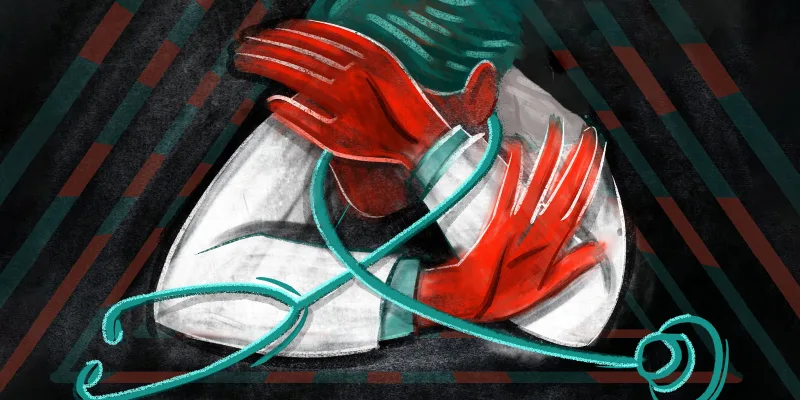In 2017, the first chimeric antigen receptor T-cells (CAR-T) were approved by the Food and Drug Association in the United States. For members of the American Society of Blood and Marrow Transplantation (ASBMT) who met in February for its 25th annual Tandem meetings at the Salt Lake City Palace Convention Center, this was an exciting advancement in the field and something they had long-planned for.
The Foundation for the Accreditation for Cellular Therapy (FACT) kicked off the week with a Cellular Therapy Leadership Course aimed at training the next generation of inter-disciplinary professionals to succeed the pioneering generation who founded the organization in 1993. That ASBMT prioritizes the need for leadership training in its succession planning should come as no surprise. Dr. Richard Champlin (MD Anderson Cancer Center) founded ASBMT in 1993, recognizing back then the need for a scientific and professional society dedicated to blood and marrow transplantation and the need for peer-led self-regulation in a field that was advancing rapidly. Course leaders and participants who know Dr. Champlin described him as a visionary who to this day continues to look and plan for beyond the horizon.
The Tandem meetings this year continued to address issues related to Blood and Marrow Transplantation (BMT), such as choice of alternative donors (including related haplo-identical and umbilical cord donors) and technologies to improve supportive care in antifungal and antiviral managements and treatment of graft-versus-host-disease. A novel pediatric trial presented by Dr. Hisham Abdel-Azim (Children’s Hospital Los Angeles) will assess whether next-generation-sequence (NGS) can be used to determine minimal residual disease (MRD) with enough precision to allow use of a non- total body irradiation (TBI) regimen. This planned multi-center (EndRAD) study seeks to identify patients who may be spared from the potentially devastating side effects of TBI. Dr. Abdel-Azim explained that Pre-BMT NGS MRD predicts relapse and survival more accurately than multi-parameter flow cytometry (MFC) MRD. Patients identified as lower risk on this trial will not receive TBI.
A session chaired by Dr. Catherine Bollard (Children’s National Health System) evaluated adoptive transfer of donor-derived virus-specific cytotoxic T-Cells (VSTs) which have shown great promise in the prevention and treatment of viral diseases after BMT and explored whether this approach could be applied towards a curative approach for human immunodeficiency virus (HIV). Dr. Susan Prockop (Memorial Sloan Kettering Cancer Center) presented results of an access study for tabelecleucel (EBV-CTLs) for post-transplant lymphoproliferative disorder (PTLD), showing a response rate of 80–83% for BMT- and solid organ transplant-associated PTLD. Dr. Christine Duncan (Dana Farber Cancer Institute) presented results of a phase 2/3 single arm open label trial assessing the safety and efficacy of Lenti-DTM gene therapy for cerebral adrenoleukodystrophy (CALD). This alternative to traditional BMT showed an 88% clinical response rate and importantly no patients developed graft-versus-host-disease (GVHD). A session chaired by Dr. John Tisdale (National Institutes of Health) examined the promising role of gene editing for sickle cell disease and primary immune deficiencies. Dr. Matthew Porteus (Stanford Cancer Institute) delivered a superb talk on gene editing and improvements in CRISPR-CAS genome editing technology.
The Pediatric program included an informative session on GVHD presented by field experts: Dr. James Ferrara (Mt. Sinai), Dr. Pavan Reddy (University of Michigan), and Dr. Amin Alousi (MD Anderson Cancer Center). The session highlighted ongoing challenges, translational advances and the use of contemporary agents in the armamentarium to fight GVHD.
The 2018 meeting also included a variety of presentations related to immune effector cell (IEC) therapy which were well received. A comprehensive (standing-room only) session was chaired by Dr. Michael Jensen (Fred Hutchinson Cancer Research Center) on the use of cellular therapy for cancer. Dr. Malcom Brenner (Baylor) presented a review of the successes of antiviral T cell therapies along with a look at future directions. Dr. Marie Bleakley (Fred Hutchinson Cancer Research Center) focused on the use of T-cell immunotherapy for leukemia relapse following HSCT. An administrative session led by Dr. Katy Rezvani described the infrastructure needed for safe administration of cellular therapy and achievement of FACT IEC accreditation. Dr. Rezvani is part of the CARTOX Program at MD Anderson Cancer Center which is the first center to apply for independent IEC FACT accreditation.
In summary, the 2018 Tandem meetings addressed novel advancements in the field of blood and marrow transplantation as well as immune effector cell therapies. Since 1993, ASBMT has continued to embrace its charge, leading the science in the field of blood and marrow transplantation. Importantly, sessions dedicated to the management and toxicity associated with immune effector cell therapies suggest that this field will continue to serve as a model for responsible self-regulation as envisioned by Dr. Champlin at its founding.






